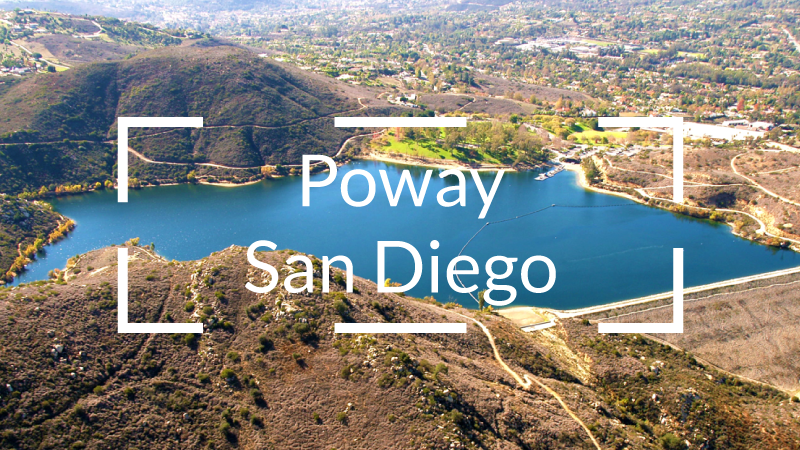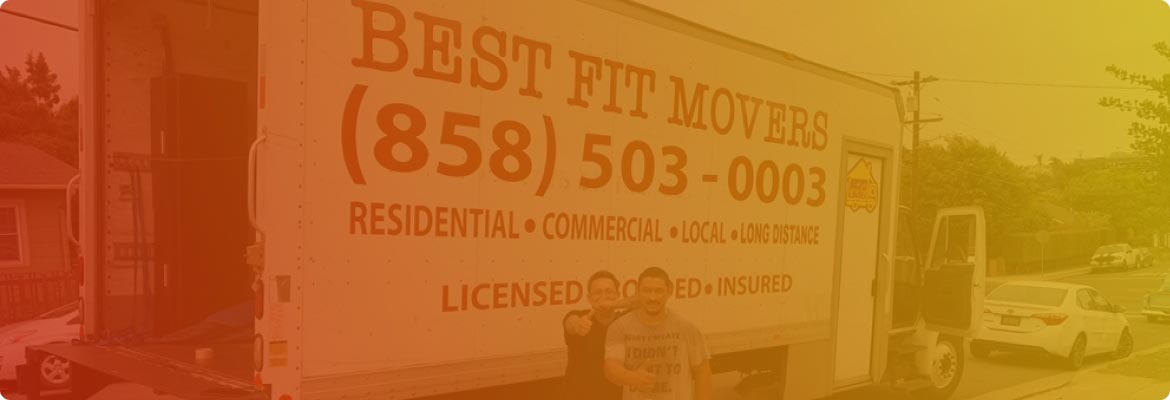Moving to a new city is exciting, but it also brings a lot of uncertainty. What’s the neighborhood like at night? Are the schools any good? Will your daily commute be a nightmare? These are things you’ll want answers to long before you start packing boxes.
Fortunately, there are plenty of ways to dig up useful info about a city without ever leaving your couch. You just need to know where to look and how to interpret what you find. Here are six practical, detailed ways to research a new city and avoid surprises after the move.
1. Start With Hard Data and Comparison Tools
Before you get swept up by a trendy downtown or a realtor’s “best neighborhood” pitch, take a step back and look at the data.
Start with these trusted sites:
- City-Data.com: Gives a detailed look at everything from population size and weather patterns to income levels, housing prices, and average commute times. Scroll to the bottom of each city profile to read real forum posts from locals.
- NeighborhoodScout: Helps you compare crime rates, school quality, and property appreciation across neighborhoods. It also shows rental trends and owner-to-renter ratios, which is helpful if you’re buying.
- Niche.com: Offers city and neighborhood rankings based on public data and reviews. You can search for the best places for young professionals, families, or retirees. Each area gets a letter grade for things like safety, nightlife, and cost of living.
Why it matters: These tools give you the facts, not marketing. You’ll be able to spot red flags, like neighborhoods with unusually low appreciation rates or areas where crime is rising.
What to avoid: Don’t rely on averages for the entire city. Cities are made up of vastly different neighborhoods. Always drill down into specific zip codes or districts to get a more accurate picture.
2. Use Google Street View to Virtually Walk the Area
If a listing says “charming neighborhood,” don’t take their word for it. Open Google Maps, drop into Street View, and take a virtual stroll.
Here’s what to look for:
- Sidewalk and street maintenance
- Number of for-sale signs or empty buildings
- Proximity to parks, stores, or schools
- General cleanliness and curb appeal
Zoom in on intersections or local landmarks to see if the area feels active and well-kept or run-down and neglected. This is also a good way to get a sense of how safe the area might feel after dark.
Bonus tip: Use the “Timeline” tool on Google Maps to check if there are updated photos from different times of year. It might show how busy or quiet the area gets at different times.
3. Plan and Test Your Daily Commute
Commute time can make or break your daily life, so get a realistic idea of how long it will take.
- Open Google Maps and enter your potential new address and your workplace (or school, gym, daycare, etc.).
- Use the “Depart at” function to simulate a morning rush hour on a weekday.
- Repeat the test in reverse to check the evening commute.
- Try it again using public transportation options, biking, or walking if that applies.
What to consider: Pay attention to traffic congestion hotspots and average delays. If your commute looks fine on paper but includes five transfers or a packed highway, that can add stress fast.
Other tools: Try Walk Score and Transit Score to find out how convenient the area is without a car. These tools show you how close grocery stores, schools, and transit stops are to your address.
4. Research Schools Like a Local
Whether you have kids or not, schools should matter. Good school districts drive property values and are a strong sign of neighborhood stability.
Start with:
- GreatSchools.org: Grades schools on test scores, college readiness, equity, and more. Read the reviews from parents to get real insight.
- District and school websites: Often include info on enrollment caps, school boundaries, and extracurricular offerings.
- Local Facebook parenting groups: These often reveal what families love (or hate) about the area’s schools.
What to look for: High test scores are great, but also pay attention to student progress and parent involvement. Some schools may not rank highly on paper but have supportive communities and strong extracurricular programs.
Why it matters: Even if you don’t plan to use the public schools, being in a strong district can make your property easier to sell later.
5. Check Crime Rates Using Reliable Local Sources
Safety is one of the most important factors when choosing a neighborhood. Don’t just go by what realtors or property managers tell you.
Use these tools:
- SpotCrime and CrimeReports: Let you search by address and view recent crime reports including thefts, break-ins, and assaults.
- Family Watchdog: Shows you where registered sex offenders live with your address.
- Your city’s police department website: Many offer downloadable crime maps and recent reports.
Tip: Pay attention to trends. Is crime going up or down? What types of incidents are most common? Petty theft is very different from violent crime.
6. Get Local Insight From Real People Online
Raw data is important, but sometimes you just need to hear from real people who live there. This helps you learn things you won’t find on any report, like noise levels, local culture, or community events.
Start with:
- Reddit: Find your city’s subreddit (like r/Nashville or r/Denver) and search for posts about neighborhoods, moving tips, or schools.
- City-Data forums: These have dedicated threads for almost every major city. Locals share honest takes on housing, traffic, weather, and more.
- Nextdoor: Once you know your potential neighborhood, you can request access to local discussions and see what’s happening in the area.
- Facebook Groups: Search for groups like “[City] Moms,” “[City] Renters,” or “[City] Locals.” Ask specific questions and read past posts.
Social media tip: Instagram and TikTok can give you a feel for the area’s vibe. Check geo-tags or search hashtags like #LivingInSanDiego or #OrangeCountyNeighborhoods to watch videos and photos of local events and everyday life.
What You Learn Now Can Save You a Lot Later
Moving to a new city can be overwhelming, but a little upfront research makes a huge difference. Use the tools above to get an honest look at everything from commute times to school quality. Don’t just rely on gut feelings or pretty photos. With the right info, you can move into your new place feeling confident and prepared.
Let Best Fit Movers Make Your Move Simple
Whether you’re relocating to San Diego, La Jolla, or anywhere nearby, Best Fit Movers has the experience and services to help you move without the stress. We handle everything from packing to transportation so you can focus on settling into your new city.
Get your free quote today and take the first step toward a smoother move.




